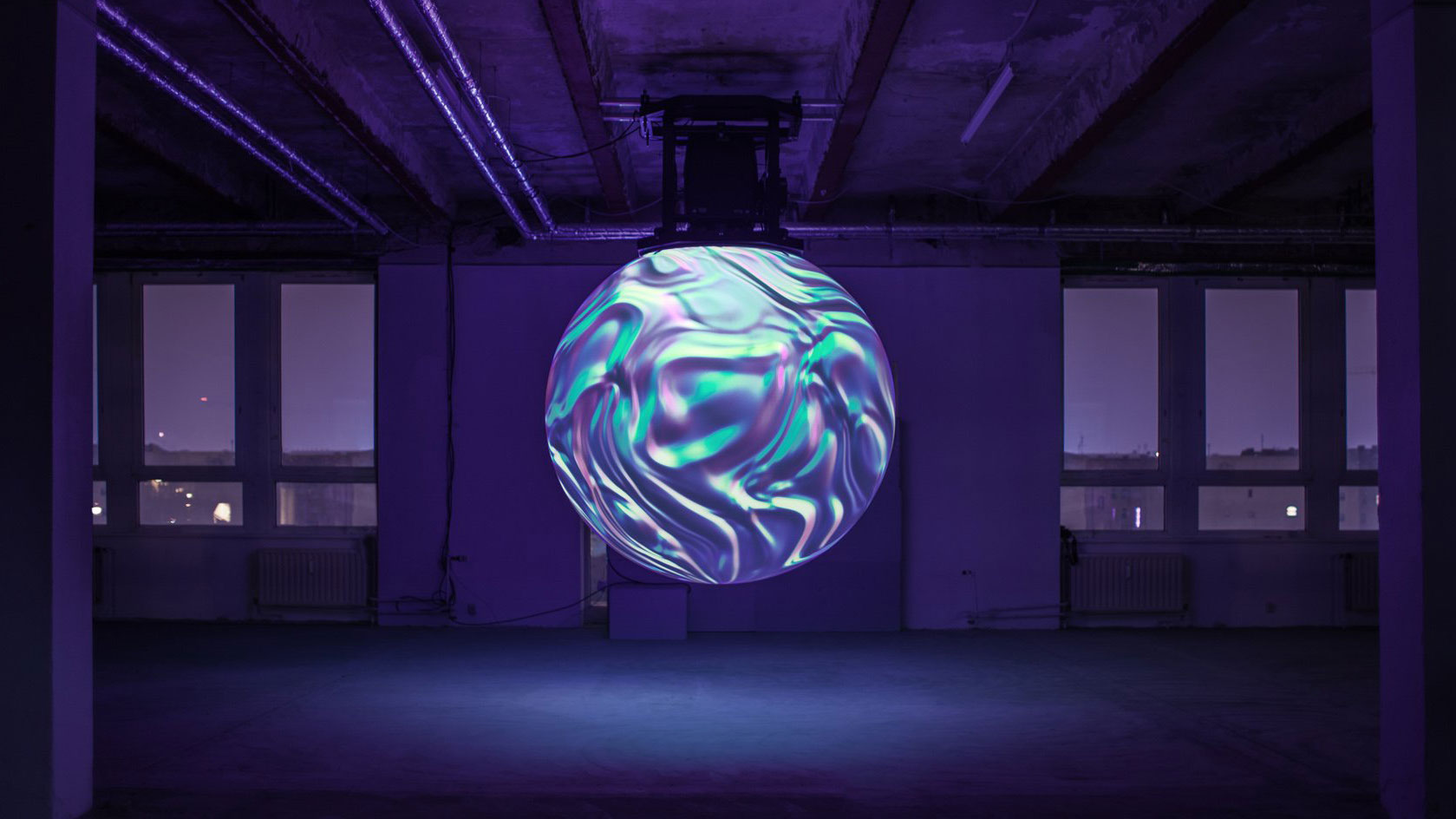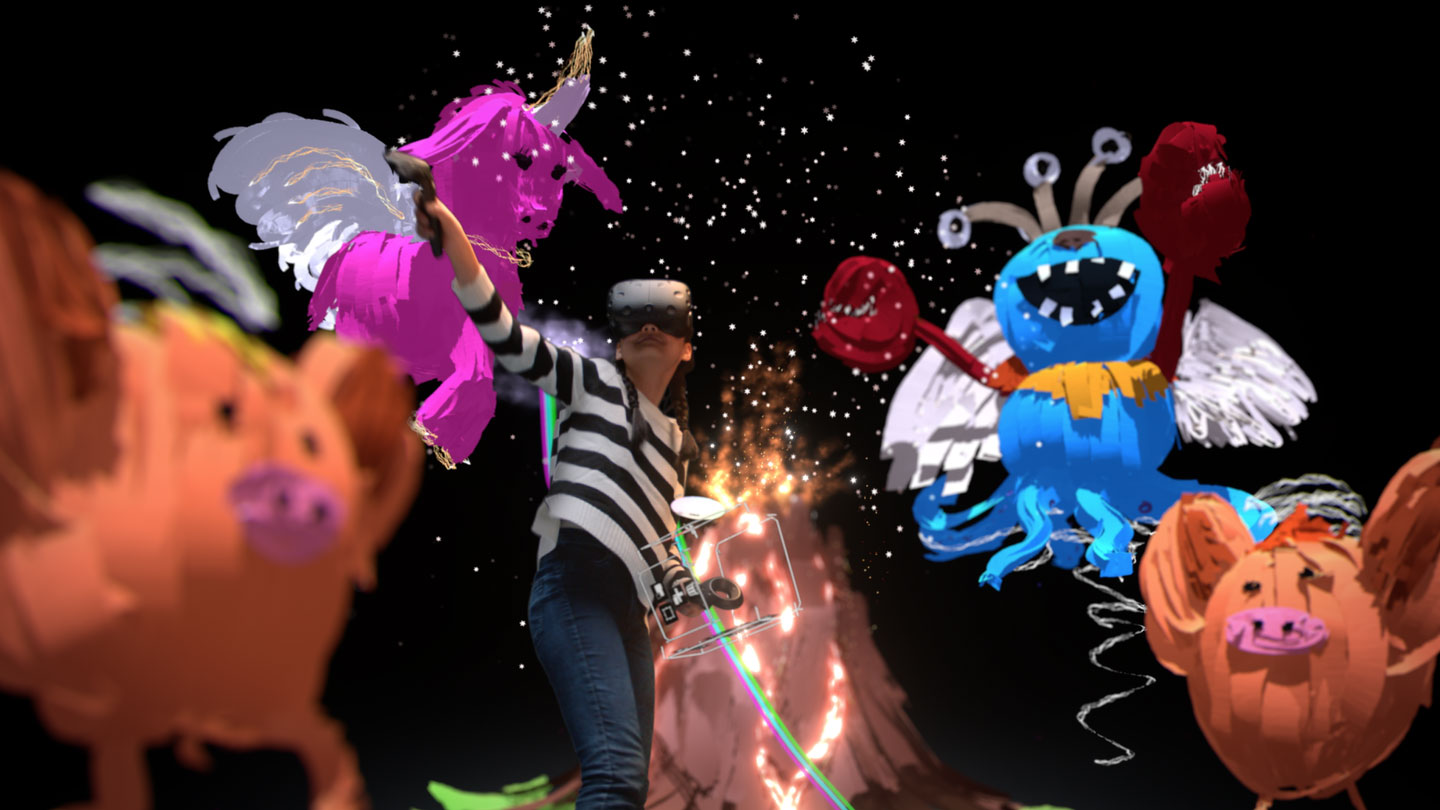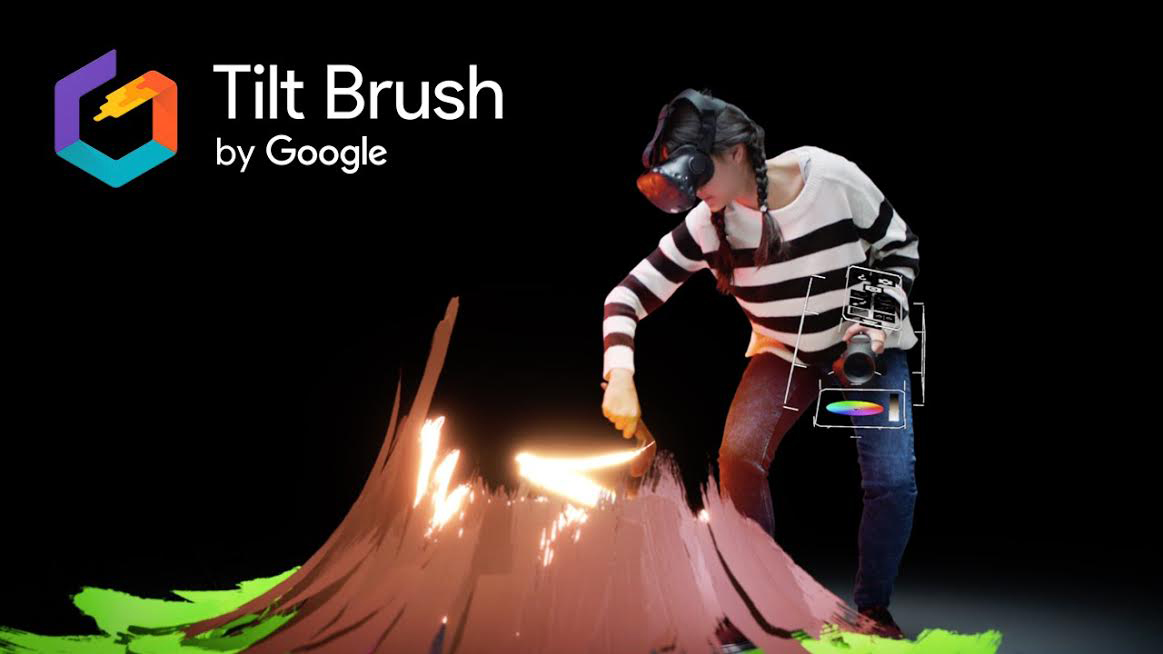Painting a new perspective: how virtual reality is transforming art
VR is for more than just gaming

There are many things that underpin humanity, but art is one of our species oldest, most important traditions.
In the Stone Age, our ancestors were drawing on cave walls, while the Egyptians captured society through priceless paintings, sculpture and architecture.
Then came the Renaissance. Art became a revolution and saw the rise of famous artists such as Leonardo Da Vinci, Michelangelo and Raphael.
We regard these names as the forefathers of modern art. However, the way artists create masterpieces is rapidly changing. That’s not to say that the paintbrush has seen its last day, but rather, the world of art is exploring ways new technologies can transform the artistic process.
Virtual reality, for many, is leading the pack.
VR is already having a big impact in the domain of art and creativity - artists are turning to VR headsets to work on creations with ease and simplicity, while it’s also changing we way we actually consume work. VR is, of course, all about delivering immersive experiences.
Immersive canvas
Artists are quickly realizing that, with technology, they can develop more impactful works of art. Fabio Giampietro, a renowned Italian artist, has first-hand experience of how art is rapidly transforming thanks to the latest technology
Get daily insight, inspiration and deals in your inbox
Sign up for breaking news, reviews, opinion, top tech deals, and more.
He won last year’s Lumen Prize for his VR piece called ‘Hyperplanes of Simultaneity', which explores the planes of space and time.
When creating the piece, he wanted to integrate concepts of vertigo and immersion by making use of Samsung Gear VR. He believes that art is no longer restricted to the canvas and that VR technology brings the spectator inside the artwork.
"I started noticing that people were constantly attempting to take selfies, pretending they were falling in the canvas.”
Fabio Giampietro
“My whole artistic production hinges on the concepts of 'vertigo' and 'immersion'. Immersion in this project, and in others I have previously worked on, was meant to take the spectator inside and beyond the painting,” he says.
Giampietro uses VR to bring the details out of his works of art.
“I started noticing that people were constantly attempting to take selfies, pretending they were falling in the canvas. At that point I realized this body of work had potential to be broadened and virtual reality would be the way to get the point across,” he continues.
“Hyperplanes was never meant to be an ultra-interactive experience in a fictitious dimension, rather a hypertrophic glance into the canvas itself - a process of identification with the painter.
"Therefore the challenge was barely technical, but human, emotional. It was all about maintaining the warmth, the haptic component of the original media, conveying the power of the brushstrokes, the vibrancy of the gesture, the integrity of the vision."
Imagination, intensified
While VR is creating new experiences when it comes to observing art, it’s also capable of transforming the way we make it in the first place. There are a plethora of tools and apps out there effectively replacing the physical paint brush.
Take, for instance, Tilt Brush by Google. Built for the HTC Vive, it turns the headset’s controller into a paint palette and brush, while your room becomes a canvas.

Simon Fenton, head of games at Eclipse Studio and a digital artist with over 22 years of experience, says technologies like Tilt Brush are making art more imaginative and introducing new possibilities.
“VR has the potential to break down the barriers of art. Sculpture, painting, architecture, set design and games all seem to collide in this new space. With the development of tech such as the Tilt Brush, where viewers can immerse themselves in art and even build it around themselves,” he says.
“VR has the potential to break down the barriers of art."
Simon Fenton
“We are no longer constrained by our physicality and can view the art from more angles than ever before. Similar to the way photography originally started off emulating theater and painting before it became its own art form.
"This medium invites us to engage at a very different level but it has its own issues such as motion sickness, and for people like me with glasses it can be a real pain.”
Showcasing VR art
Virtual reality art is a fairly niche area, as you can imagine, but it’s actively being recognized by a number of organisations across the world. The Lumen Prize, which Fabio won last year, is a good example.
Launched in 2013, it’s a not-for-profit social enterprise that aims to showcase and celebrate the very best art that’s created digitally.
Charlotte Lee, Assistant Director of The Lumen Prize, says artists and galleries right around the world are showing an interest in VR.
“This year we saw virtual reality receive a big thumbs up from the art world; 2016 has seen the first VR fellow at the New Museum, Jon Rafman’s ‘Trans-dimensional Serpent’ was a major hit at Frieze and the VR work ‘Hyperplanes of Simultaneity’ took home the Lumen Prize Gold Award,” Lee says.

“More so than any other medium, VR has the potential to transform how we, as voyeurs, look at art.
"This technology questions the boundary that exists between the real and the virtual, but it also has the ability to break down the barrier that exists between the spectator and the work of art.
“Once you’ve donned a headset you’ll find yourself transported to another domain, one that will stimulate you to feel fear, amazement and wonder all at the same time. The work of art is no longer just an object to contemplate on the wall of a gallery or museum, but it is one that we can explore and become part of.”
Surviving technological change
Technology advances at a rapid rate, so if artists are creating masterpieces through technology, what’s not to say they won’t be accessible in a decade or two?

Charlotte says this is a challenge the whole art industry needs to face over the coming years. If it wants to become technologically advanced, it has to become backwards compatible.
“The main concern around these works is their longevity. Technology is advancing at such a rapid rate that if these works aren’t updated or migrated then parts of our culture will be lost forever, and sadly some of it already has been.
"Museums and institutions like Rhizome are doing a lot at the moment to ensure that technologically engaged works remain accessible to future generations,” she tells TechRadar.
“VR has the potential to transform how we look at art."
Charlotte Lee
“However the cost of this is staggering, and at the same time you’ve also got to ask: is the work of art the same if it runs on a different operating system? Some have argued that it isn't, and believe that technologically engaged works should, in effect, ‘die’ when the technology becomes defunct.
"All of this makes digital art, not just VR, tricky to collect. With the sheer speed of technological development today, the only way to really ensure that these works don’t die an untimely death is to make sure that new technology is backwards compatible.”
Art is a precious thing, and we’ve treasured it through the centuries. However, in that time, not a lot has changed. Until now. Virtual reality is, you could say, introducing a new artistic revolution - very much like the Renaissance.
People are actively exploring ways VR can impact the artistic process, and it’s also creating a more immersive viewing experience. Although there are questions about the longevity of this area, the tech will only improve.
- How VR will make astronauts of us all
- Interested in Painting? Check out the new magazine for artists, Paint & Draw
Nicholas Fearn is a freelance technology journalist and copywriter from the Welsh valleys. His work has appeared in publications such as the FT, the Independent, the Daily Telegraph, The Next Web, T3, Android Central, Computer Weekly, and many others. He also happens to be a diehard Mariah Carey fan!